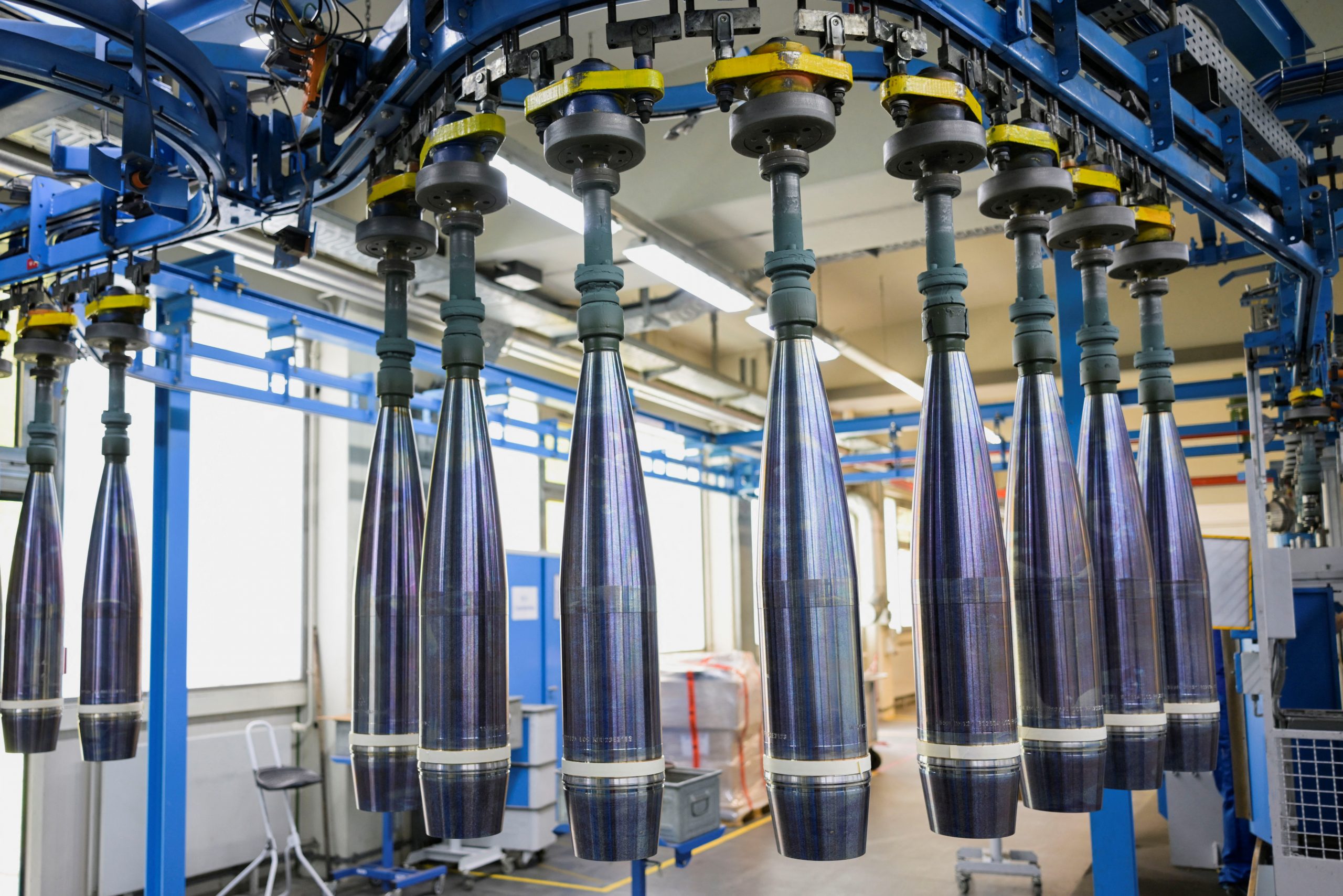European ammunition production depends on Chinese materials
9 April, 2024 Loading a propellant charge into the breech of the 2S22 Bohdana howitzer, 2023 European arms producers have discussed their serious dependence on Chinese materials used in powder production. The Financial Times reported on this.
Leading arms producers, including Sweden's Saab and Germany's Rheinmetall, warned that Europe was overly dependent on cotton linters from China, which accounts for just under half of the global trade. Cotton remains the primary ingredient needed to produce nitrocellulose, also known as "smokeless gunpowder." It is used in all types of ammunition, from cartridges to rocket weapons.
China is a key player
China accounts for almost half of cotton linters pulp traded globally, according to the International Trade Centre. The largest importers of the material include Germany, Sweden, and Belgium, which remain the main ammunition producers in the EU.
Armin Papperger, chief executive of Rheinmetall, told the Financial Times that Europe relied on China for "more than 70 percent" of its cotton linters. However, at the same time, there is still a shortage of materials on the market. "There is a risk [that China could withhold linters for geopolitical reasons].
And that is the reason why we buy as much as possible to fill our stocks," he said. He said the company had amassed a three-year stockpile of linters after Russia's full-scale invasion of Ukraine. Rheinmetall, whose subsidiary Nitrochemie produces nitrocellulose, confirmed that it was considering setting up a linters production unit in Lower Saxony as part of a new ammunition manufacturing site.
 Production line of 155mm artillery ammunition at the facilities of the Rheinmetall plant, July 6, 2023.
Production line of 155mm artillery ammunition at the facilities of the Rheinmetall plant, July 6, 2023.
Photo credits: Fabian Bimmer
Saab shared that "[the reliance on China] can pose an increased future risk as we and the industry ramp up capacity and production in Europe" while stressing that there were no current supply chain issues. Saab noted that in the long run, companies might have to consider alternative ways of manufacturing critical materials, particularly wood.
Gunpowder production in Russia
Currently, the share of Russian gunpowder in ammunition production remains small, so Russia is also actively seeking additional sources of materials for its production. At the beginning of April, Bekkhan Ozdoev, Industrial Director of the Weapons, Ammunition, and Special Chemicals of Rostec State Corporation, announced that last year, the corporation's enterprises had launched commercial production of gunpowder from alternative raw materials, such as wood and flax pulp.
"A set of tests and practical firings showed that this powder is in no way inferior to traditional powder. There is no shortage of wood in Russia. In the future, the share of new raw materials in gunpowder production will reach 60-70%," he said.
At the same time, based on trade data, The Wall Street Journal reported that Russia was still producing little nitrocellulose, the main component of artillery gunpowder brands, and relied more on materials from abroad.
According to the publication, in the first year of Russia's invasion of Ukraine, imports of these products increased by 70% in 2022.
By mid-2023, 3,039 tons had been imported, almost twice as much as in 2021.